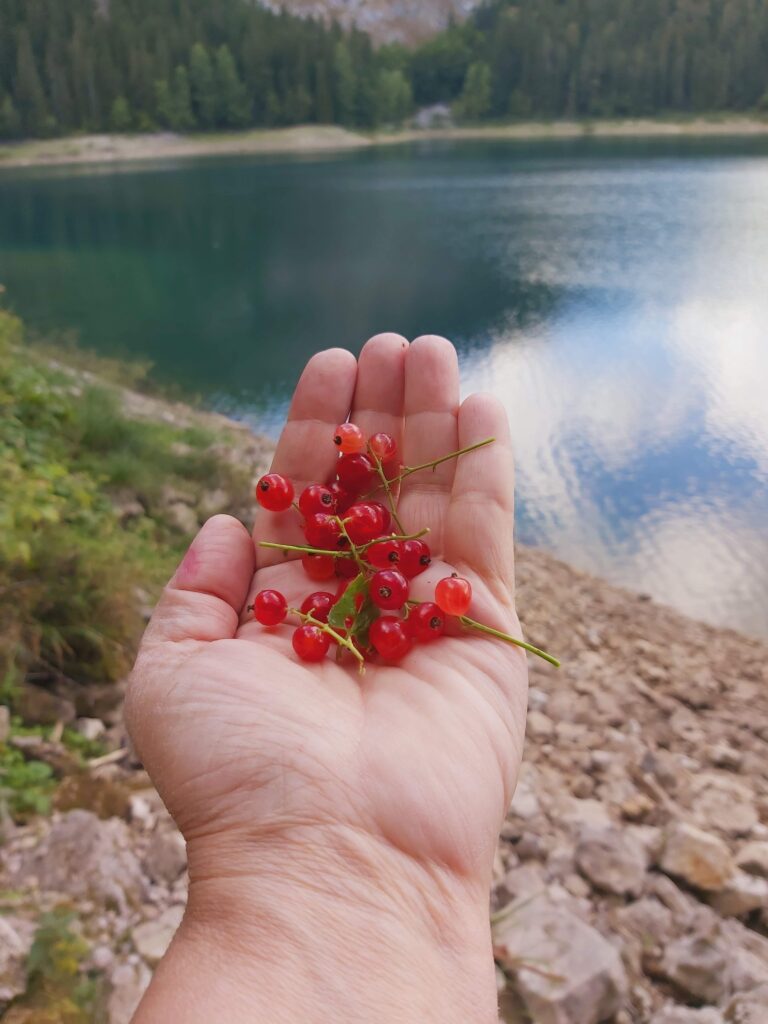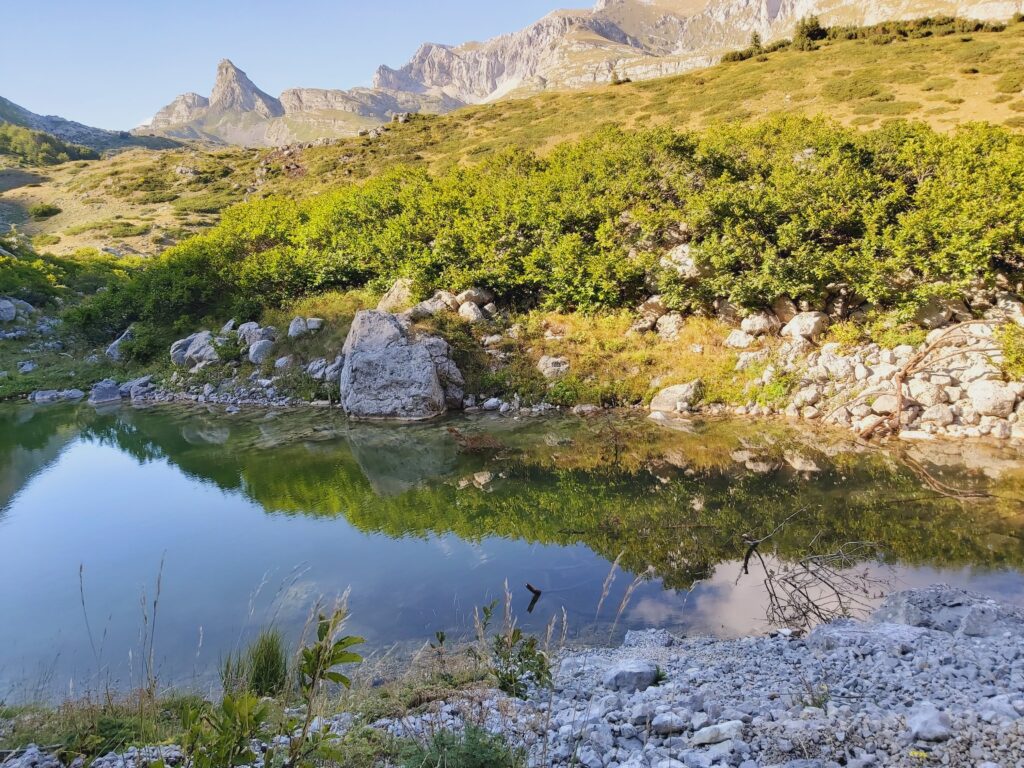Durmitor National Park, a UNESCO World Heritage site in Montenegro, is famous for its dramatic peaks, deep canyons, and, most notably, its 18 glacial lakes. Known poetically as the “Mountain Eyes” (Gorske Oči), these crystal-clear bodies of water are scattered throughout the Durmitor massif, each with its own unique character and charm.

This is your comprehensive guide to all the major lakes of Durmitor, complete with maps and infographics to help you plan your exploration.
Map of Durmitor’s Lakes
Before diving into the details of each lake, let’s get an overview of where they are located within the national park. This map will help you understand their relative positions and plan your hiking routes.
As you can see, some lakes like Crno Jezero are easily accessible near the town of Žabljak, while others, like the Škrčka lakes, require a more strenuous hike into the heart of the mountains.
The Major Lakes: A Closer Look
Let’s explore the most prominent and accessible of Durmitor’s “Mountain Eyes”.
1. Crno Jezero (Black Lake)
The undisputed jewel of Durmitor, Crno Jezero is the largest and most visited lake. It actually consists of two smaller lakes, the Great Lake (Veliko jezero) and the Small Lake (Malo jezero), connected by a narrow strait that dries up in summer, creating two separate bodies of water.

Its name comes from the dark reflection of the dense pine forest that surrounds it, mirrored perfectly on its surface. A gentle 3.5 km walking path circles the entire lake, making it accessible for all ages. Toughest part is right around where big lake meets small lake.
2. Zminje Jezero (Snake Lake)
Tucked away in a dense spruce forest, Zminje Jezero is known for its deep emerald-green color and tranquil atmosphere. It is smaller than Black Lake and offers a more secluded experience. The hike to reach it is relatively easy, often combined with a visit to Crno Jezero. I usually visit Zminje Jezero if I am at Black Lake because it takes around 4 hours for both hikes.

This includes ocasional rests. Basically, after your breakfast you can hit the area around Black Lake and you feel like you can do more hiking you can go to Zminje. Once you are back you will be both hungry and tired, so a lunch in the restaurant near Black Lake will be a perfect fit.
3. Barno Jezero
Located in a marshy area surrounded by a peat bog, Barno Jezero has a unique ecosystem. The water is often darker due to the peat, and the surrounding vegetation is distinct. It’s a peaceful spot, often less crowded than its more famous neighbors. It will take you A very easy hike from the Black Lake (or Zminje). Most of the summer water is not visible. Even if you visit it during the peak of the season you probably wont see many tourists around. Bosača is nearby and is worth the detour.
4. Škrčka Jezera (Škrčko Lakes)
These are two lakes, Veliko (Large) and Malo (Small) Škrčko Jezero, situated in the deep and dramatic Škrka Valley, nestled between the towering peaks of Bobotov Kuk, Prutaš, and Soa. Reaching them requires a challenging hike, but the reward is a stunning, rugged alpine landscape. They are considered by many to be the most beautiful of all the “Mountain Eyes” due to their wild, remote setting.
5. Vražje Jezero (Devil’s Lake) & Riblje Jezero (Fish Lake)
These two lakes are located on the sprawling Jezerska Površ plateau, outside the main mountain massif but still part of the wider Durmitor area.

They are easily accessible by car and are known for their bright, open setting and characteristic turquoise color, which contrasts sharply with the surrounding golden grasslands. Vražje is larger and more popular for swimming in the summer.
6. Pošćensko Jezero, Modro Jezero (Blue Lake), & Srablje Jezero
This chain of smaller lakes is located along the scenic Sedlo Pass road, a popular driving and cycling route through the park. Modro Jezero is particularly striking for its intense blue color. This is the part of Durmitor that feeds the rest of the National Park with water.

These are great stops for a quick photo opportunity or a short break while exploring the park by vehicle.

7. Valovito Jezero
Just below the road, going to Stožina from Žabljak, you might see a sign saying Valovito Jezero, which is where you can stop and take a short detour down, towards Valovito Lake.
So, if you are taking Durmitor Ring road, this is basically right next to this road.
Practical Information for Visitors
- Best Time to Visit: The lakes are most accessible from late spring (June) to early autumn (September). In winter, many are frozen and covered in snow, and access can be difficult or dangerous.
- Park Entrance Fee: There is a daily entrance fee for Durmitor National Park, which you can purchase at the park entrance near Crno Jezero or at other checkpoints near Black Lake.
- Hiking: Always wear appropriate footwear and carry enough water, especially when hiking to more remote lakes like Škrčka. Weather in the mountains can change rapidly.
- Swimming: Swimming is permitted in some lakes, like Crno Jezero and Vražje Jezero, during the summer months. However, the water is always refreshingly cold!
Exploring the lakes of Durmitor is a journey through some of the most pristine and captivating natural beauty in the Balkans. Whether you’re looking for a leisurely stroll or a challenging alpine adventure, there is a “Mountain Eye” waiting for you.
